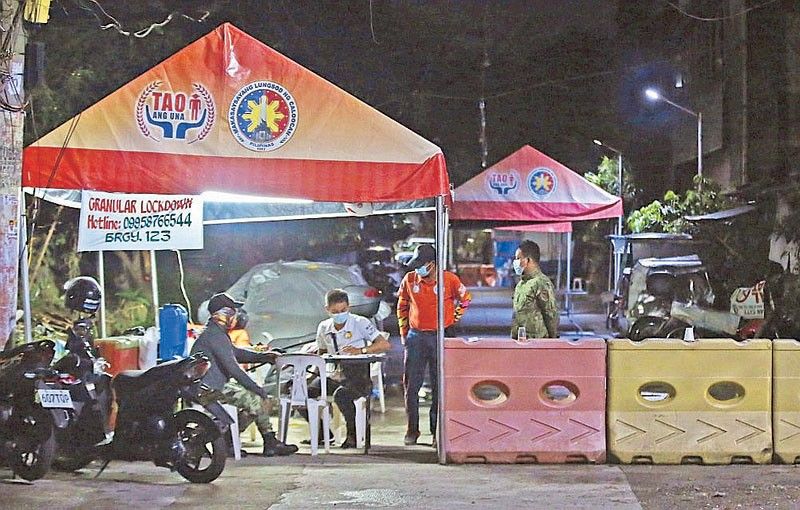Lockdowns cut Southeast Asia air particulates by 40%

MANILA, Philippines — Southeast Asia saw a 40 percent reduction in the level of harmful airborne particles caused by traffic and energy production in 2020, according to the United Nations World Meteorological Organization (WMO) air quality and climate bulletin.
UN weather experts said COVID-19 lockdowns brought rapid and “unprecedented” improvements in air quality in some parts of the world, but not enough to halt climate change caused by global warming.
China, Europe and North America also saw emissions reduction and improved air quality during the pandemic’s first year, while countries such as Sweden saw less dramatic improvements because existing air quality contained comparatively lower microparticle levels (PM2.5) of harmful sulfur dioxide (SO2), nitrogen oxide (NOx), carbon monoxide (CO) and ozone (O3).
Oksana Tarasova, chief of WMO’s atmospheric environment research division, explained that although the clean air development had been welcome for many people with breathing difficulties, the absence of harmful microparticles left the path clear for naturally occurring ozone, “which is one of most dangerous pollutants.”
“So, despite such an unexpected experiment with atmospheric chemistry, we noticed that in many parts of the world, even if you take down the transport and some other emissions, air quality would not meet the requirements of the World Health Organization (WHO),” Tarasova said.
The UN agency noted that air pollution has a significant impact on human health.
Estimates from the latest Global Burden of Disease assessment show that global mortality increased from 2.3 million in 1990, with 91 percent owing to particulate matter and nine percent attributed to ozone, to 4.5 million in 2019 (92 percent from particulates, eight percent ozone).
The Air Quality and Climate Bulletin – WMO’s first – is based on studying key air-pollutants from more than 540 observation stations in and around 63 cities from 25 countries, across the world’s seven geographical regions.
Analysis showed decreases of up to 30–40 percent overall of PM2.5 concentrations during full lockdown in 2020, compared with the same periods in 2015–2019.
WMO noted, however, that PM2.5 levels “exhibited complex behavior even within the same region, with increases in some Spanish cities, for instance, which were attributed mainly to the long-range transport of African dust and/or biomass burning.”
Changes in ozone concentrations varied greatly across regions, ranging from no overall change to small increases, as the case in Europe, and larger increases (up 25 percent in East Asia and up 30 percent in South America).
Sulfur dioxide concentrations were 25 to 60 percent lower in 2020 than during 2015–2019 for all regions, according to the WMO bulletin. Carbon monoxide levels were lower for all regions, with the largest decrease in South America of up to approximately 40 percent.
- Latest
- Trending
































